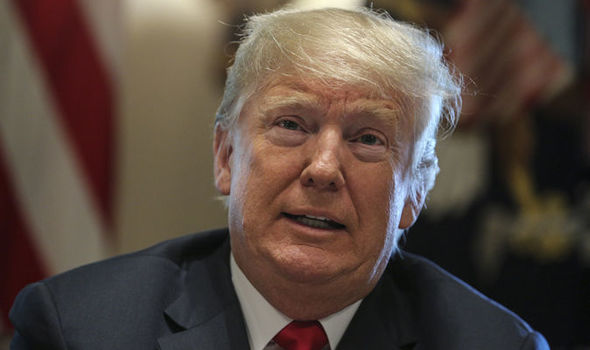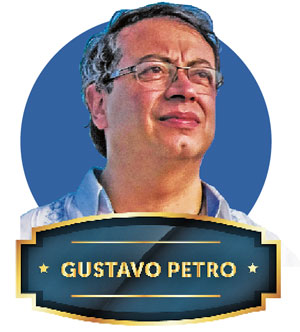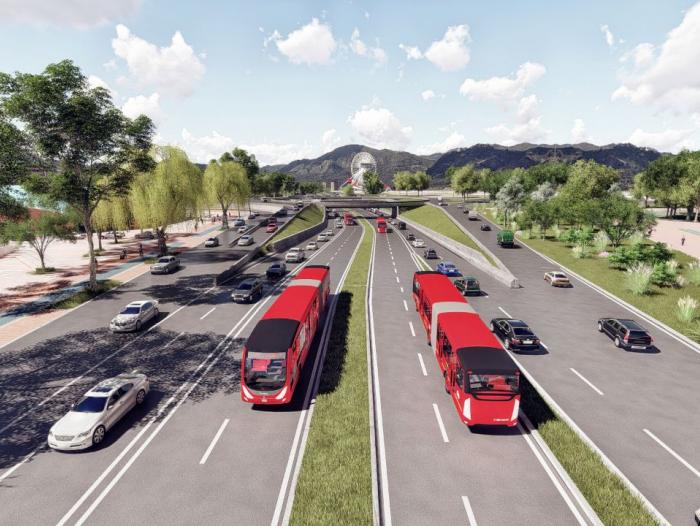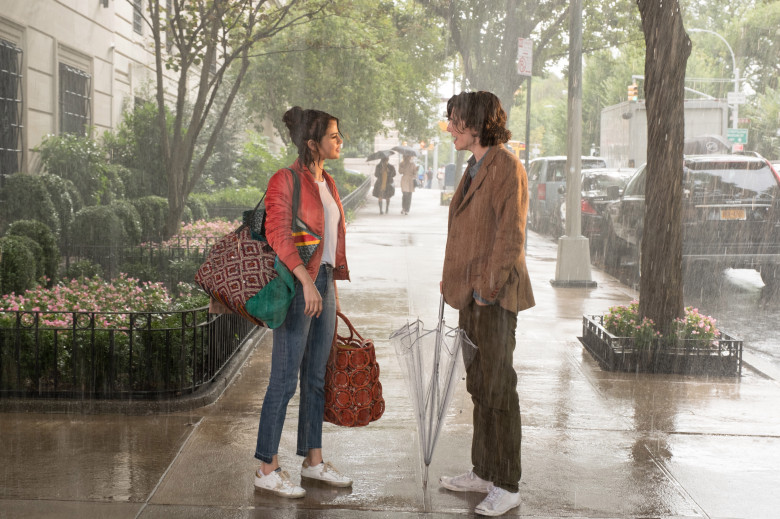It’s a lovely morning for marching, which is one reason people are congregating in the centre of Bogotá today (Sept 27). As of 10am, a few thousand people had gathered in the Parque Nacional and were enjoying a carnival atmosphere. Overall attendance will probably get to about a football stadium’s worth in total. That’s big, but swallowed up in the bulk of an 8 million strong city.
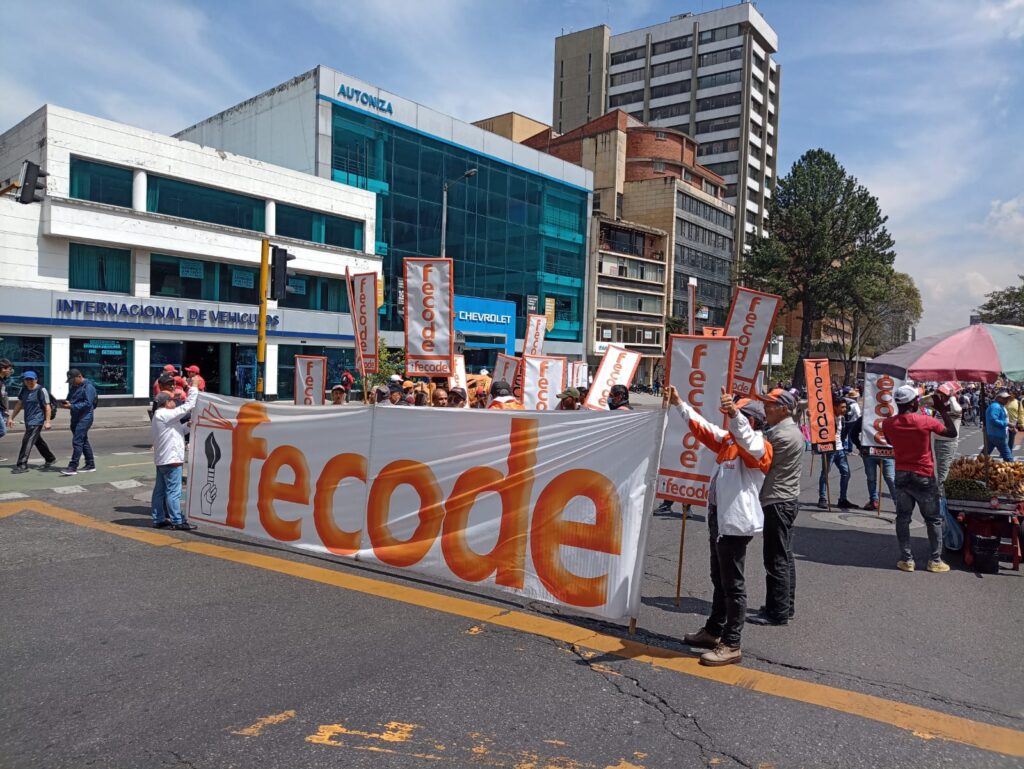
People are also flocking to Parque de los Hippies where a march will start and flow towards the Parque Nacional. The two streams will be joined by others and eventually pool in the Plaza Bolívar, outside Congress.
There will be a mini-festival in the plaza later, accompanied by an address by President Gustavo Petro. We don’t mean a regular rally, either, this has artists of the calibre of Aterciopelados, La Pacifican Power, Bomba Estéreo and La 33.
This is a real head-scratcher of an event. It’s in support of the current government and isn’t focused on any particular point of interest. Think of it as a simple expression of faith in the current administration. If anything, it’s more of a political rally dressed up as a fiesta than it is a protest.
Fiesta feeling
In that sense, it has a nice feel to it. Unlike many demonstrations, it’s in favour of something positive and a celebration of who’s in power rather than a rejection or protest against something negative. There’s certainly a feel of folksy friendliness, although that’s matched by questions over the commitment to leftist beliefs.
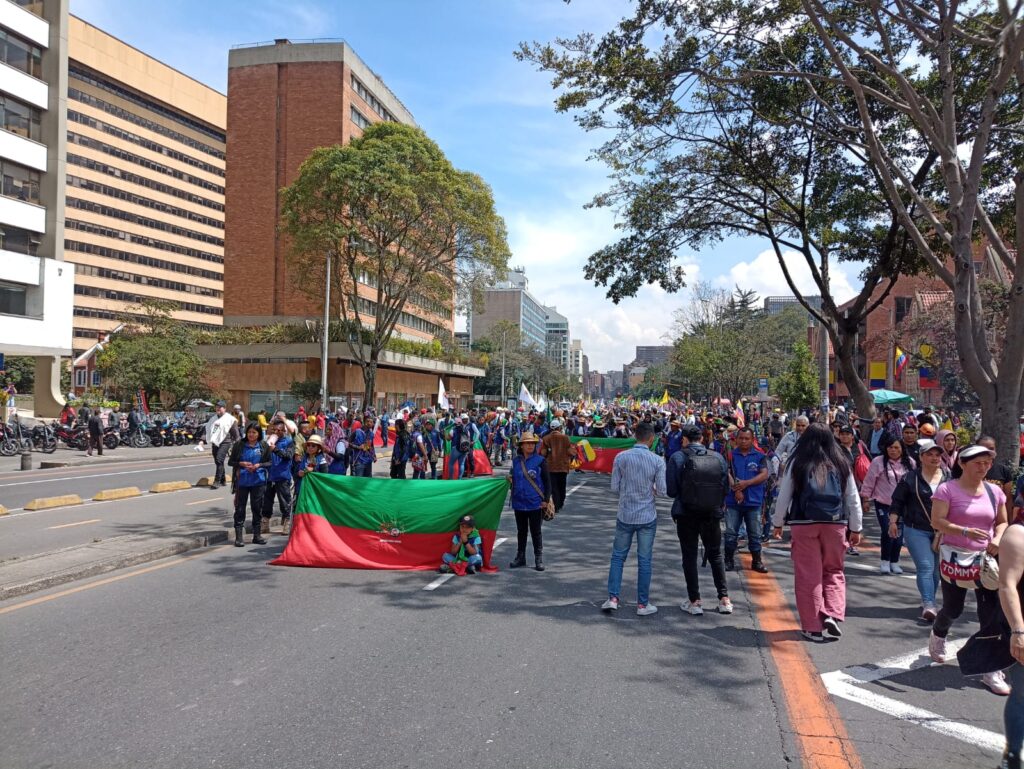
The indigenous minga arrived yesterday and they are out in force. That said, many remain in the camp they have established in Tercer Milenio and plan to head to Congress from there. Estimates put their numbers at about 14,000, which includes dozens of different ethnic groups from all corners of Colombia.
Representatives from the minga (a term for a collective action of indigenous people) will go on to meet Petro after today, as they have pressing concerns around access to education and health as well as deforestation and mining. The presidential door is always open to them, but actions have not so far matched words.
A call from power
Petro has called this rally as a distraction from what is rapidly becoming a beleaguered presidency. He’s coming under growing criticism as his term goes on. He’s failing to get his reforms through Congress and shedding ministers at a rate of knots. That’s before you consider the murky campaign financing stories that are surfacing.
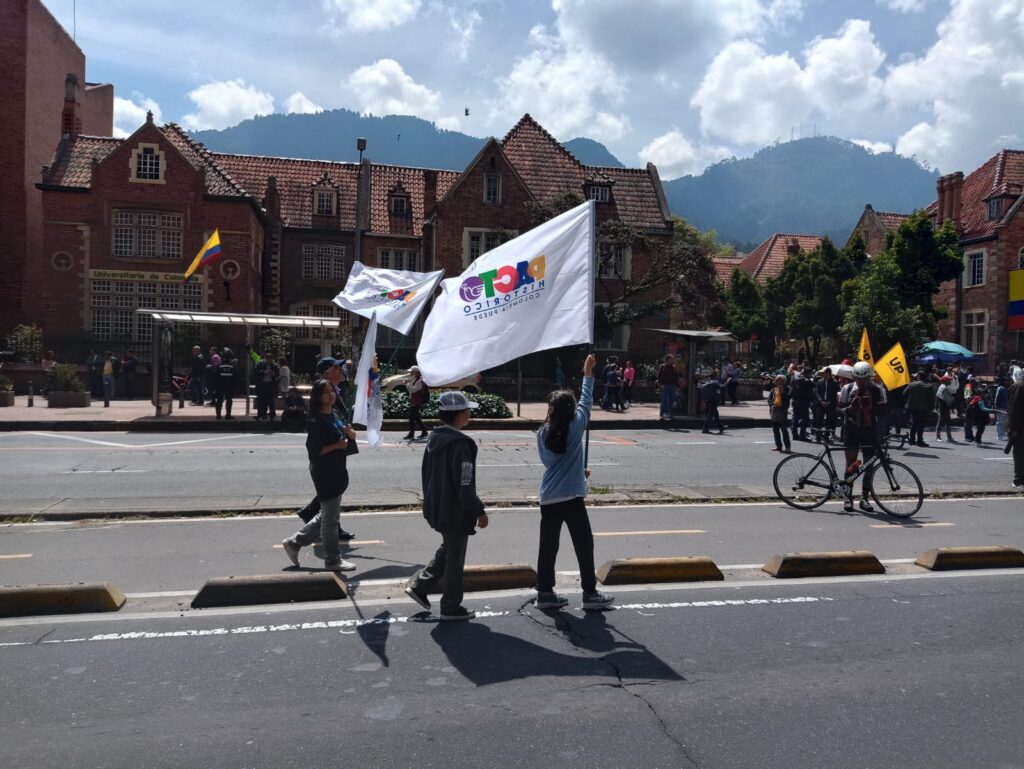
It’s a new phenomenon in Colombia, too, as marches up until now have generally been leftists protesting right-wing governments. As the left is in power now, that has changed the landscape and upended the normal way of doing things.
Controversially, this is a publically funded show of support for the ruling party. This isn’t the first time Petro’s done this, either. The cost is now spiralling to around COP$600 million spent on political rallies in just over a year in office. The money covers the organisation of barriers, stages, PA systems and so on.
Those figures do not involve the cost of policing, either, which is separate. That’s looking far calmer than normal, with the trade unions, indigenous communities and hippies so far dominating proceedings. Things are unlikely to get tasty later on – though you never know – and the coppers are hanging back for now.
The renamed ESMAD are at home and aren’t even hanging around in side corners as they did in other recent protests. That’s probably for the best, given their incredibly controversial profile, including killing student Dílan Cruz in the 2019 protests. Today’s events don’t look like being anything close to that.
Recent Bogotá protests
The presidency of Iván Duque, from 2018-22, saw an unprecedented number of protests and demonstrations. Before that, protests tended to be fairly small with the notable exception of the peace marches. International Womens Day and Pride marches have also seen large upticks in numbers in recent years.
Thousands came out to support Santos’ peace plan, which laid the ground for the spikier protests against Duque. Those kicked off almost immediately, with students protesting against his education plans after less than three months in office.
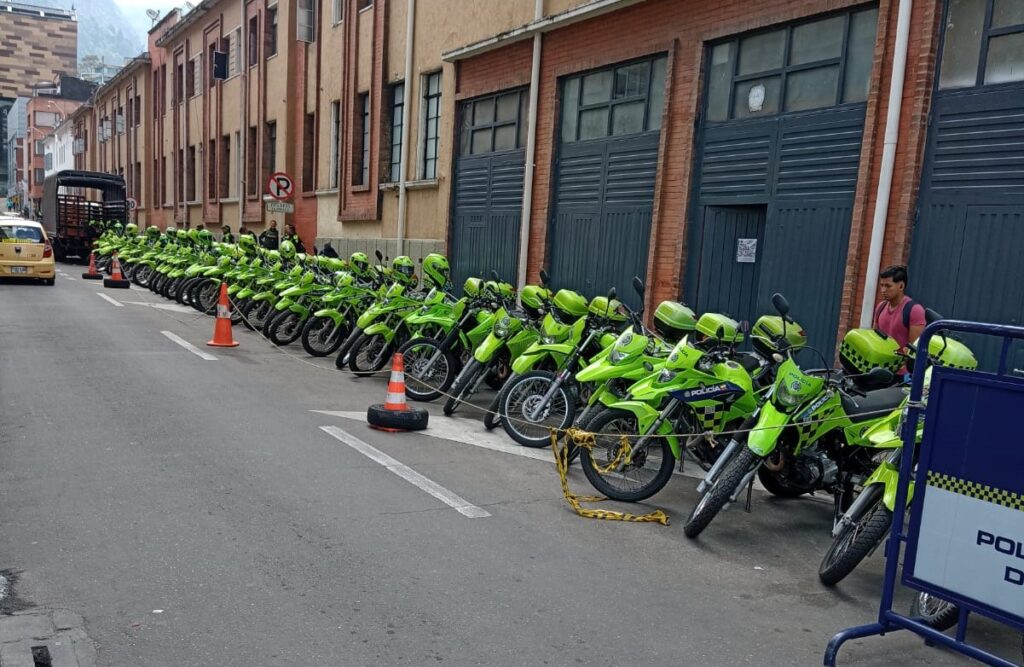
There were further protests in 2019, before things got a lot bigger in 2020 with tens of thousands hitting the streets. That year was then rocked by the reaction to the death of Javier Ordóñez at police hands. Thousands went to the streets and burnt CAIs.
While that was the most deadly protest in the capital, there was still more to come in 2021. Public reaction to the proposed tax reform was incredibly negative, and saw around a month of ongoing protests. In Bogotá that was relatively calm, but Cali fell into near-anarchy. That eventually came to an end, but there were yet more protests later in the year.
Today is unlikely to go the same way, but it will be interesting to see what happens next. We’ve talked before about how the rightwing are not used to protesting, and they haven’t raised any support yet. Actions like this from the central government also flood the zone and make it hard to organise a time.
l the same, you have to question whether a sitting president should be rallying thousands to his cause. Can we call today’s protests organic? Is it OK for the centre of the city to be blocked off by relatively small numbers on a regular basis? Is this dangerous populism? Different people will have their own answers to those questions, and only time will tell.

